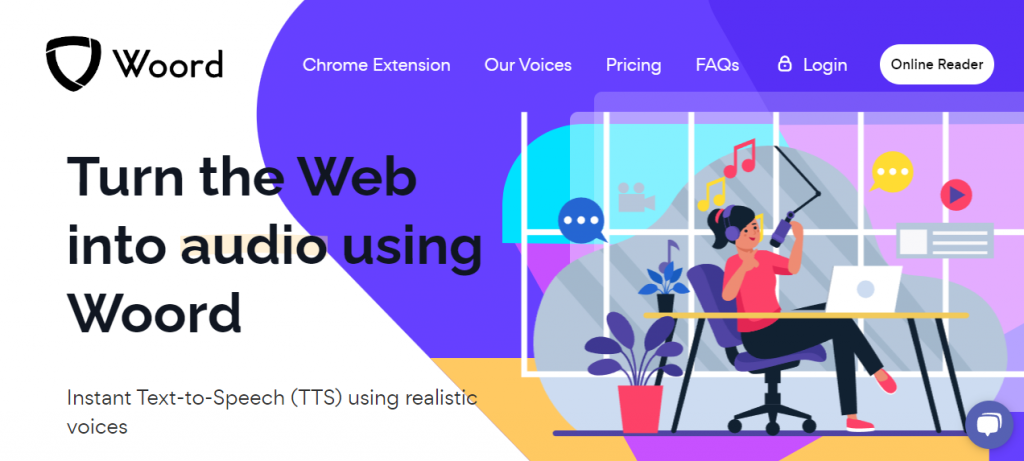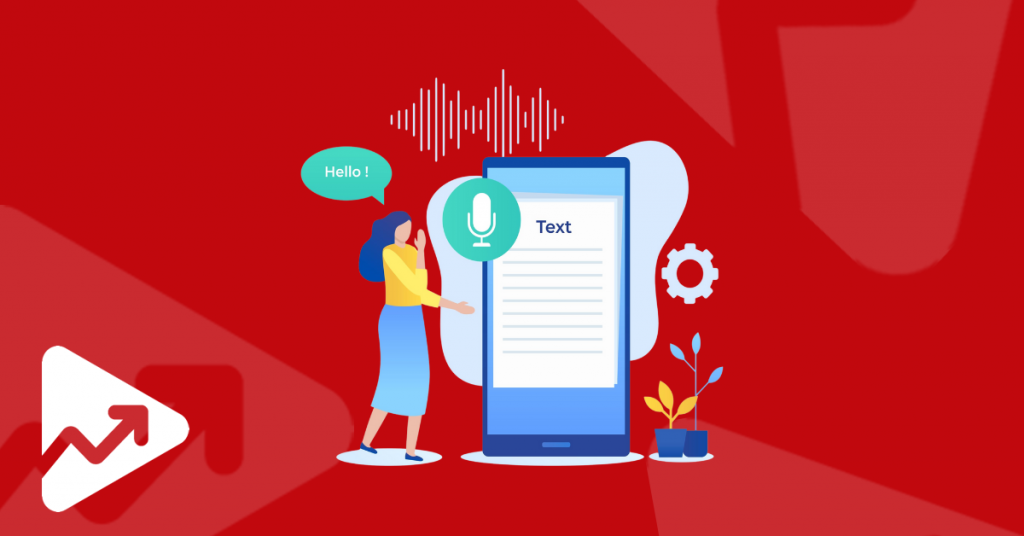Text-to-speech (TTS) technology is increasingly becoming a crucial tool for improving the accessibility and user experience of web content.
With millions of people worldwide having various disabilities such as visual, cognitive or physical impairments that make reading or accessing text-based content a challenge, TTS technology has emerged as a valuable solution to help make web content more inclusive and accessible to everyone.
By converting text into speech, TTS technology can provide a more user-friendly experience for those with reading difficulties, language barriers, or visual impairments. The best TTS API on the market right now is Woord.
Why Is Text To Speech The Future Of Web Content?
Text-to-speech (TTS) technology is quickly becoming a key component of the future of web content for several reasons. Here are a few:
- Accessibility: TTS technology is a powerful tool for making web content more accessible to individuals with visual or reading impairments, or those who prefer an audio format.
- Convenience: TTS technology can provide a more convenient user experience for users who are on-the-go or multi-tasking. Users can listen to web content while driving, working out, or performing other activities.
- Personalization: With advances in natural language processing and machine learning, TTS technology can generate more personalized and human-like speech, enhancing the user experience.
- Multilingual support: Many TTS engines now support multiple languages, making it easier to create web content for a global audience.
- Future-proofing: As technology continues to evolve and new devices emerge, TTS technology can ensure that web content remains accessible and engaging across different platforms and devices.
Overall, TTS technology is becoming an increasingly important part of the future of web content, providing a more accessible, convenient, and personalized user experience.
What’s Woord?
Woord is a service that allows developers to convert text into speech.
This enables you to listen to any text you want and create applications that can read aloud any text; such as news articles, product descriptions, or even animated series scripts. The text can be in any format as long as it’s understandable by computers. It can be plain text, XML, JSON, or even programming code.
The API then processes the text and returns a response in a format that can be used by your application. This response may be in the form of an audio file that you can play back; or a string of commands that you can use to control a voice synthesizer.

What Are The Use Cases Of This API?
With Woord, you can bring your applications to life, by adding life-like speech capabilities. For example, in E-learning and education, you can build applications leveraging Woord’s Text-to-Speech (TTS) capability to help people with reading disabilities.
Also, you can use it in announcement systems in public transportation and industrial control systems for notifications and emergency announcements. There are a wide range of devices such as set-top boxes, smart watches, tablets, smartphones and IoT devices, which can leveragefor providing audio output.
Another application of this API is in telephony solutions to voice Interactive Voice Response systems. Applications such as quiz games, animations, avatars or narration generation are common use-cases for cloud-based TTS solutions like Woord.
How To Use It
To convert text into audio with Woord, all you have to do is:
1. Open the API and paste in the text or URL you want to convert to audio.
2. Select the language you want the audio to be in and the speed at which you want it to be read.
3. Once you’ve done that, this API will create an audio file that you can listen to.


